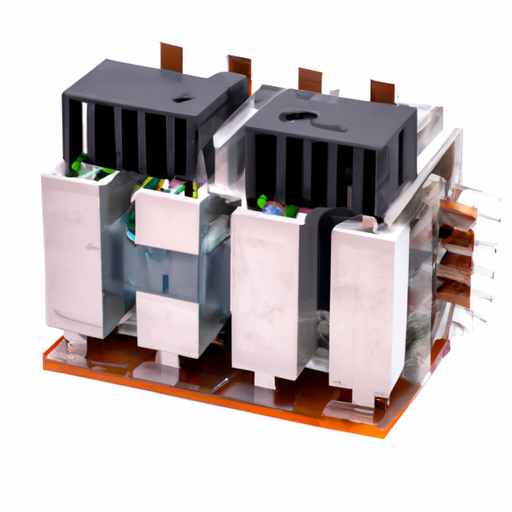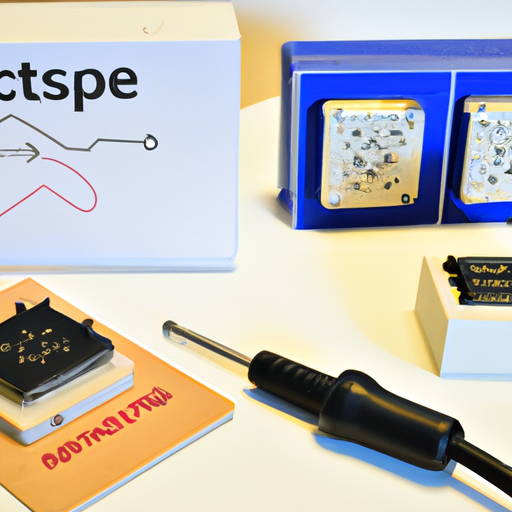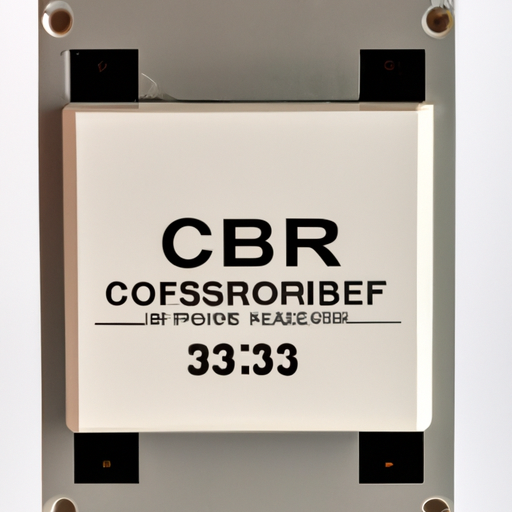CORE_COMPETENCE
Product_Leaders
index_more
index_more_content
info_item01
info_item_content01
info_item02
info_item_content02
info_item03
info_item_content03
info_item04
info_item_content04
NEWS
NEWS
CFR-25JB-52-1R5 Isolation Transformers and Autotransformers, Step Up, Step Down highlighting the core functional technology articles and application development cases of Isolation Transformers and Autotransformers, Step Up, Step Down that are effective.
Isolation Transformers and Autotransformers: Core Functional Technologies and ApplicationsIsolation transformers and autotransformers are pivotal components in electrical systems, each serving distinct yet complementary roles in power distribution, voltage regulation, and safety. Below, we delve into the core functional technologies, applications, and notable development cases for both types of transformers.
--- Isolation Transformers1. Electrical Isolation: Isolation transformers provide galvanic separation between the input and output circuits, which protects sensitive equipment from electrical noise, surges, and ground loops.2. Voltage Regulation: They can step up or step down voltage levels while ensuring a stable output, which is essential for the proper functioning of sensitive electronic devices.3. Safety Enhancement: By isolating the load from the power source, isolation transformers significantly reduce the risk of electric shock, making them crucial in environments where safety is paramount.1. Medical Equipment: Isolation transformers are widely used in hospitals to protect sensitive medical devices, such as MRI machines and surgical equipment, from electrical interference and surges.2. Industrial Machinery: In manufacturing settings, they isolate control circuits from high-power machinery, enhancing safety and reliability in operations.3. Audio Equipment: High-fidelity audio systems utilize isolation transformers to eliminate ground loops, thereby improving sound quality and reducing hum.1. Voltage Adjustment: Autotransformers efficiently step up or step down voltage levels using a single winding, making them more compact and cost-effective compared to isolation transformers.2. Higher Efficiency: Due to the reduced amount of copper used in their construction, autotransformers exhibit lower energy losses, making them ideal for applications where efficiency is critical.3. Continuous Operation: They are capable of handling continuous loads and are often employed in applications requiring stable voltage regulation.1. Power Distribution: Autotransformers are commonly used in electrical grids to adjust voltage levels for efficient transmission and distribution of electricity.2. Motor Starting: They are employed in large motors to reduce starting voltage, minimizing inrush current and mechanical stress on the motor.3. Railway Systems: In electric rail systems, autotransformers step down high voltage for train operations, ensuring safe and efficient power delivery.Healthcare Implementation: A major hospital integrated isolation transformers in its imaging department, which led to enhanced image quality and a significant reduction in equipment downtime due to electrical interference.Healthcare Implementation: A major hospital integrated isolation transformers in its imaging department, which led to enhanced image quality and a significant reduction in equipment downtime due to electrical interference.Industrial Automation Upgrade: A manufacturing facility upgraded its isolation transformers, resulting in a 20% decrease in equipment failures and improved operational reliability.Industrial Automation Upgrade: A manufacturing facility upgraded its isolation transformers, resulting in a 20% decrease in equipment failures and improved operational reliability.Power Generation Optimization: A utility company replaced traditional transformers with autotransformers in its distribution network, achieving a 15% reduction in energy losses and improved voltage stability across the grid.Power Generation Optimization: A utility company replaced traditional transformers with autotransformers in its distribution network, achieving a 15% reduction in energy losses and improved voltage stability across the grid.Motor Control Efficiency: An industrial facility implemented autotransformers for motor starting applications, leading to a significant decrease in maintenance costs and an extended lifespan for motors.Motor Control Efficiency: An industrial facility implemented autotransformers for motor starting applications, leading to a significant decrease in maintenance costs and an extended lifespan for motors.---
Autotransformers---
ConclusionIsolation transformers and autotransformers are integral to modern electrical systems, each serving unique functions that enhance safety, efficiency, and reliability. Isolation transformers are essential for protecting sensitive equipment and ensuring safety in critical applications like healthcare and audio systems. In contrast, autotransformers are favored for their efficiency and compact design in power distribution and motor control applications. The development cases presented illustrate the tangible benefits of these technologies, underscoring their importance in improving operational efficiency and safety across various industries. As technology continues to evolve, the role of these transformers will remain vital in addressing the challenges of modern electrical systems.
2025-05-24
2
application development in Pulse Transformers for CFR-25JB-52-1M5: key technologies and success stories
Application Development in Pulse Transformers for CFR-25JB-52-1M5: Key Technologies and Success StoriesPulse transformers are essential components in a variety of applications, particularly in power electronics, telecommunications, and signal processing. The CFR-25JB-52-1M5 is a specific model of pulse transformer designed for high-frequency operation and efficient energy transfer. Below is an overview of key technologies and success stories related to the application development of pulse transformers, particularly focusing on the CFR-25JB-52-1M5.
Key Technologies in Pulse Transformers1. Magnetic Core Materials2. Winding Techniques3. Insulation and Dielectric Materials4. Simulation and Modeling5. Thermal Management6. Integration with Power Electronics1. Telecommunications2. Medical Devices3. Industrial Automation4. Consumer Electronics5. Renewable Energy Systems Success Stories ConclusionThe development and application of pulse transformers like the CFR-25JB-52-1M5 involve a combination of advanced materials, innovative design techniques, and integration with modern electronics. Success stories across various industries underscore the versatility and importance of pulse transformers in enabling efficient and reliable operation of electronic systems. As technology continues to evolve, further advancements in pulse transformer design and application are anticipated, driving innovation across multiple sectors. The ongoing research and development in this field promise to enhance performance, reduce costs, and expand the range of applications for pulse transformers in the future.
2025-05-23
2
CFR-50JB-52-1M5 Specialty Transformers highlighting the core functional technology articles and application development cases of Specialty Transformers that are effective.
CFR-50JB-52-1M5 Specialty Transformer: Core Functional Technologies and Application Development CasesThe CFR-50JB-52-1M5 Specialty Transformer, while not widely recognized in general literature, exemplifies the advancements and specific applications of specialty transformers. These transformers are engineered to meet unique electrical characteristics and operational demands across various industries. Below, we delve into the core functional technologies and application development cases that highlight the effectiveness of specialty transformers, including the CFR-50JB-52-1M5.
Core Functional Technologies of Specialty Transformers1. Custom Winding Configurations2. High Efficiency and Low Losses3. Thermal Management4. Isolation and Safety Features5. Compact Design6. Smart Technology Integration1. Renewable Energy Systems2. Electric Vehicles (EVs)3. Industrial Automation4. Medical Equipment5. Telecommunications6. HVAC Systems Application Development Cases ConclusionSpecialty transformers, including models like the CFR-50JB-52-1M5, are pivotal in addressing the unique power management needs across various industries. Their advanced designs and technologies enable them to deliver efficiency, safety, and reliability in demanding applications. As industries continue to evolve and embrace new technologies, the demand for specialized transformer solutions will likely grow, driving further innovation in transformer design and application.
2025-05-22
2

























